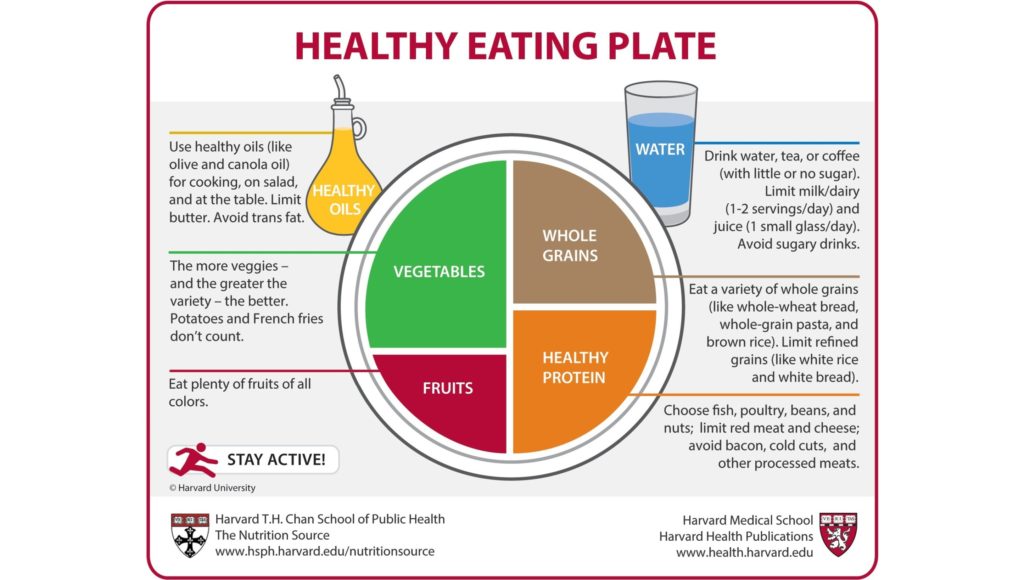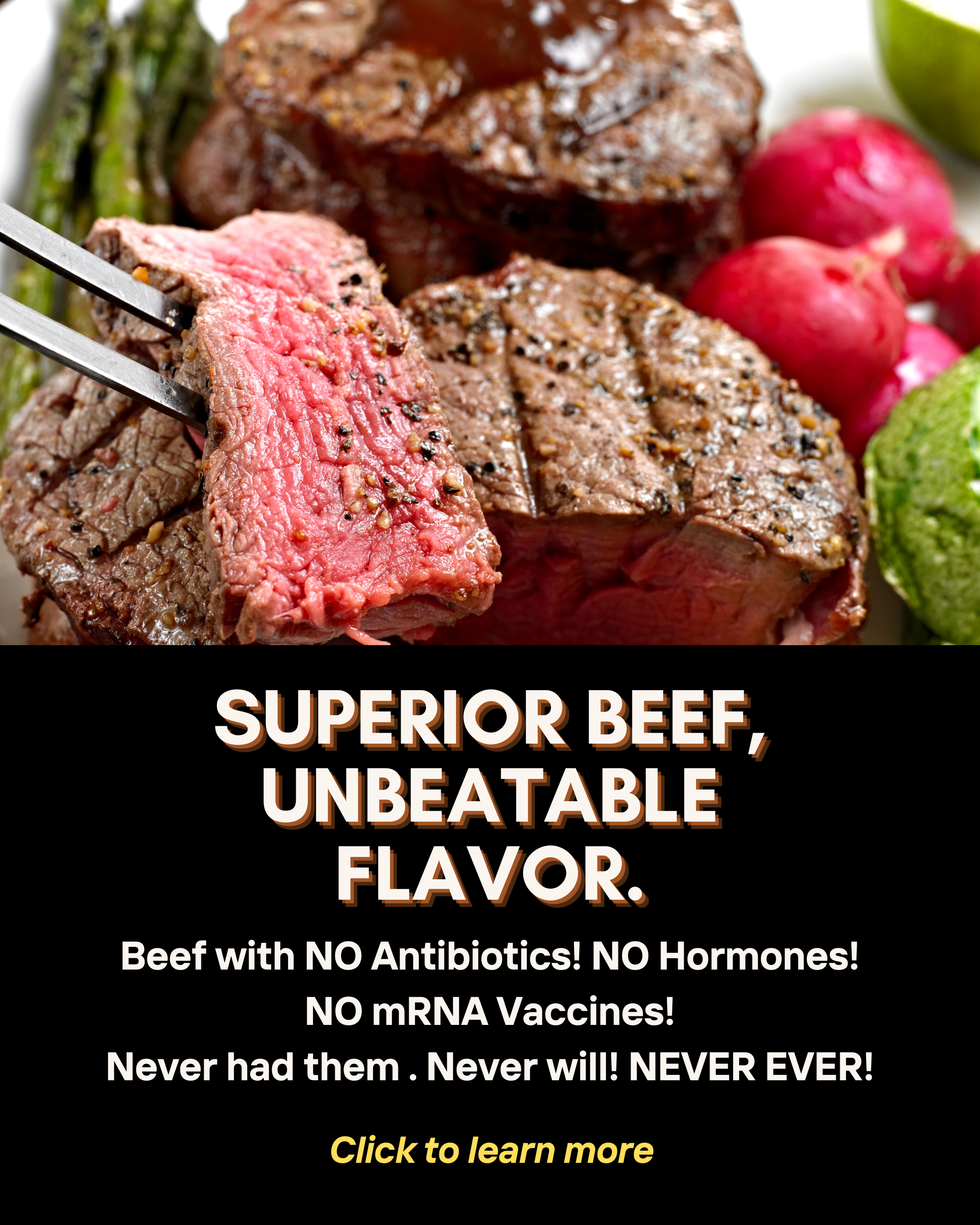by Cat Sansing and Dale Blankenship
As the modern world struggles to regain a footing after the pandemic quake and the variant aftershocks, a self-empowered health movement is rising up and embracing the once-forgotten gifts that nature offers in its pharmacopeia of wellness. Among these gifts of nature, wine offers ancient superpowers of beneficial bio-active micronutrients and then delivers them through the neural pathway of mindful appreciation. The chemistry of food and wine is the chemistry of good health and wellness
Reconnect with a Healthy Mindset
Living a life of haste that utilizes a diet of nutritionally-deficient processed foods has compromised wellness across five living generations — from the over 80s Matures all the way down to the emerging adults of Gen Z. In the functional wellness world, the trinity of optimal health focuses on diet, sleep and exercise to address oxidative damage. The diet aspect seeks to reduce processed foods and introduce more nutritionally-rich foods such as fresh fruits and vegetables, whole grains, and pasture-raised meats or wild-caught seafood.
Among adult beverages, wine is the only one that naturally offers an array of antioxidants (flavonoids such as resveratrol) along with natural juice flavors. The antioxidants found in red wine are among those that help reduce inflammation that accelerates the aging process and may even help fend off age-related cognitive decline
Even before antioxidant benefits take effect, the act of smelling, tasting and appreciating the nuances of a wine transitions our bodies into a healing rest and digest mode. Swirling, sniffing and sipping a glass activates the parasympathetic nervous system, our thrive function that allows for rest and reconnection with our prefrontal cortex. This takes us out of the sympathetic nervous system fight or flight survival mode that is on overdrive in our modern world of constant stress.
Journey of a Lifetime
People with deep roots in wine cultures and within the industry seem to be healthier in body and mind than in the general population. Often, while in the wine distribution industry, Umami.Life co-creator, Dale Blankenship, would meet and spend many a full day with well-known winery owners as they were promoting their winery/brand, often this included trade/press lunches and vintner dinners. Many of these individuals were older and well seasoned, but had the energy, positivity and sharpness of mind as if they were in their 40s.
So where does one begin when incorporating wine into their diet? Hang out in the wine aisles and talk with the wine stewards? Download a wine ratings app? Head to the cookbooks, food and wine section of a local bookstore? The answers are: 1) Not yet, 2) Those are crowdsourced and unreliable, 3) Yes, but hold your horses! Before you head out the door, the issue of palate maturity will greatly affect your ability to appreciate wine.
Reboot Your Palate and Your Gut Health
Palate maturity is a go-at-your-own-pace journey. It begins with assessing what you eat and drink on a regular basis and making adjustments to eliminate the big three roadblocks of the standard American diet: sugar, oil and salt (S-O-S). These are not only roadblocks to palate maturity, but also the biggest contributors to metabolic syndrome among Americans as they are a nearly indomitable triumvirate of addiction to foods that offer little to zero micronutrient value.
Overcoming that fearsome threesome takes some time to break the bonds of captivity. We recommend the following steps as these can be started on day 1 of a palate reset and offer gut healthy benefits:
1. Eat a medium-size organic red apple every day.
2. Cut consumption of simple sugars by half and increase your intake of healthy proteins. Drink sweet iced tea? Make it 50/50. Drink more than a 6 ounce serving of juice? Make it 6 ounces juice + water. Sweets for a snack? Make it plain or vanilla full-fat Greek yogurt with (add your own) fruit or a bento box-style snack of fruit, nut butter and cheese. Our Black Garlic Black Bean Hummus is a flavor-packed healthy snacking option.
3. Take a probiotic daily. A good probiotic will have at least 7 strains of bacteria in the billions of units. Unless the product packaging specifically states that it is acid-resistant, take on an empty stomach (either 20-30 minutes before breakfast or at bedtime).
4. Drink half your weight in ounces daily of water or other non-calorie, low caffeine drinks. This is in addition to any caffeine drinks such as coffee or tea. Eliminating caffeine after 3 p.m. will also help you get a better night’s sleep, which will help boost your daytime energy levels and make it easier to stay away from sugary treats.
The Healthy Eating Plate from the Harvard School of Public Health provides a visual guide to a lifetime of good health.

Breaking the S-O-S addiction and resetting your palate takes at least 30 days. You will also be resetting your gut health at the same time. If you find yourself craving high sugar/high carb foods, blame your gut microbes and not your willpower. The bad guys love sugar and send out “help me I’m dying” signals to your brain when they don’t get the fuel they need. Drink water, go for a walk or eat protein to deal with the internal insurrection. If you’re doing all 4 of the above steps, within 5 – 7 days, you’ll likely come out the victor and be free from their subliminal signals. Know your enemy and you will win the fight clearing the way for you to begin a delicious wine & food journey without the SOS creeping in and fogging your finely tuned senses.




